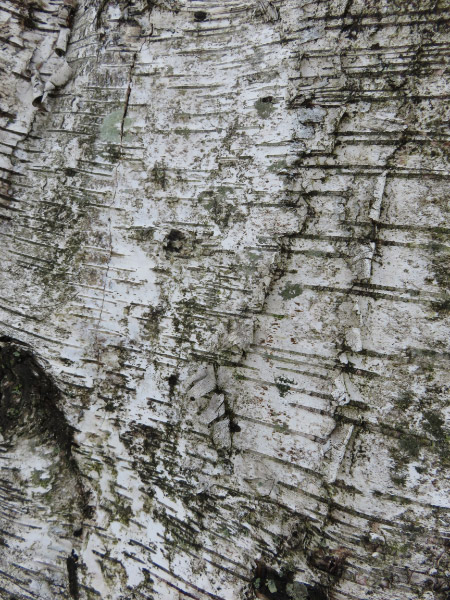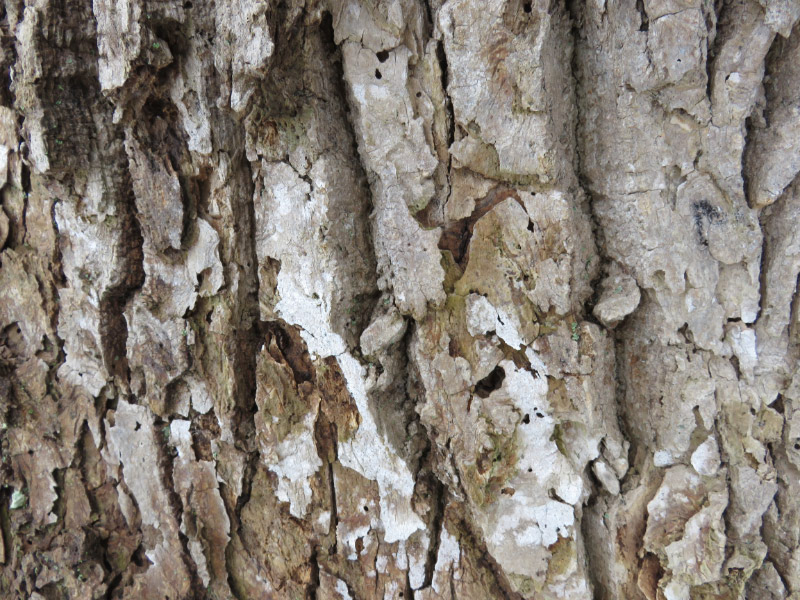Some Winter Trees
/Sometimes trees get a lot harder to identify in the winter but there are some easy ones to notice on winter hikes or drives. Here are my favorites from the area of Maryland where I live.

Holly. There is a holly growing as an understory tree in the forest behind our house. Whether they are in a forest or used as landscaping around houses – their red berries and bright green leaves are a spot of color in the winter landscape. The branches are used in greenery arrangements and garland at Christmas….but watch out for the prickles on the leaf edges.

Sycamore. After the leaves fall, the white inner bark of the sycamores is very striking. They grow quite large along the rivers and streams in our area.

River Birch. Most of the ones I’ve seen have been used as part of a landscape. Their peely bark is full of color in the winter landscape.

White or Paper Birch. The high contrast (black and white) of the bark makes these trees easy to spot.


Bald Cypress. This one not common in our area. We are little too far north. But is survives as a landscape tree. The knees give it away!


Southern Magnolia. The leaves on these trees say green all during the winter: waxy green on top and velvety brown underneath. You made find seed pods on the ground.

Sweet Gum. Sometimes it is easy to identify a tree by what is on the ground. Most Sweet Gum trees are so prolific that there are lots of gum balls around the tree all winter long.






























